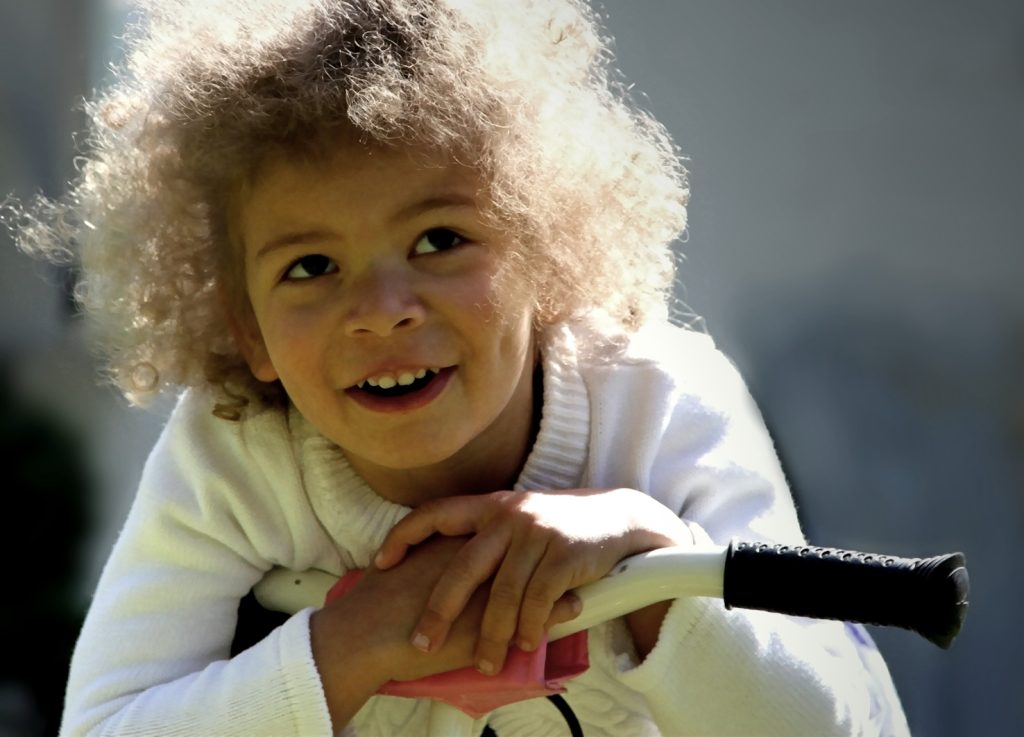Cyclists are as diverse as the society we live in. Germany has long been a country of immigration, with people from very different regions of origin. In 2022, according to the Federal Statistical Office, the proportion of those with a family migration background was just under 29%. However, information on migration background is rarely collected in mobility surveys. Accordingly, the question of how and whether this development also affects mobility, transport and social participation has been little researched in mobility research. In the large, nationwide studies on mobility, there has been little or no information on, for example, origin or nationality. In the 2017 Mobility in Germany (MiD) study, migration background was integrated as a single question for the first time. Overall, however, there is a lack of more extensive information that is taken into account as additional factors in international studies on the mobility behavior of migrants or ethnic minorities, such as ethnicity, length of residence, household composition by origin. This lack of data makes it difficult to take a differentiated view of Germany.
Bicycle availability of people with a migration background
People without a migrant background are more likely to have a functioning, normal bicycle. 79% of all men have a bicycle at their disposal, 74% of all women (76% in total). For men with an immigrant background, availability is 71%, for women with an immigrant background 65% (68% overall). The availability of women in both groups is thus about 5 % lower than that of men. Overall, women with an immigrant background have the lowest
Availability, here more than a third may not have a bicycle.



